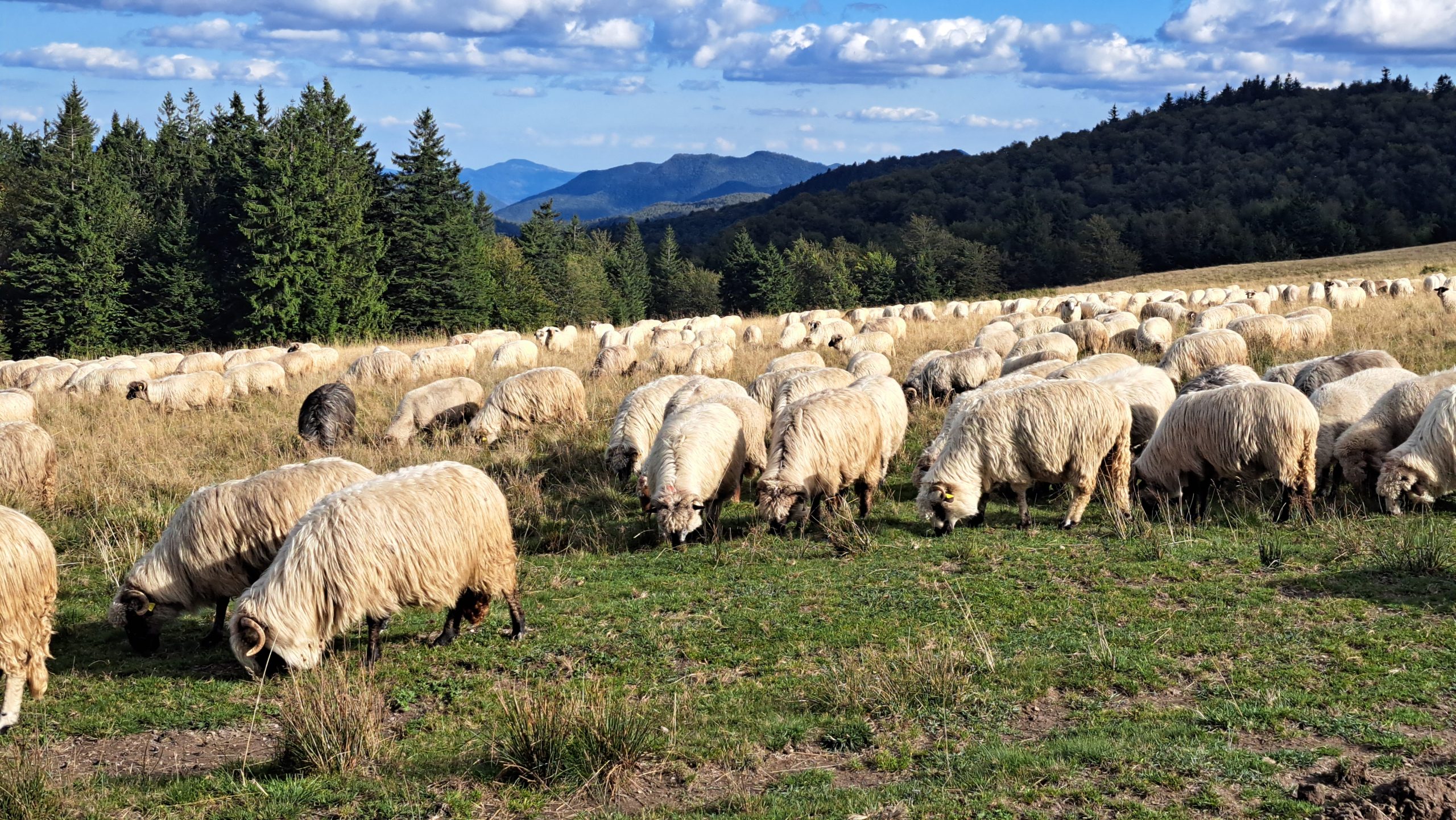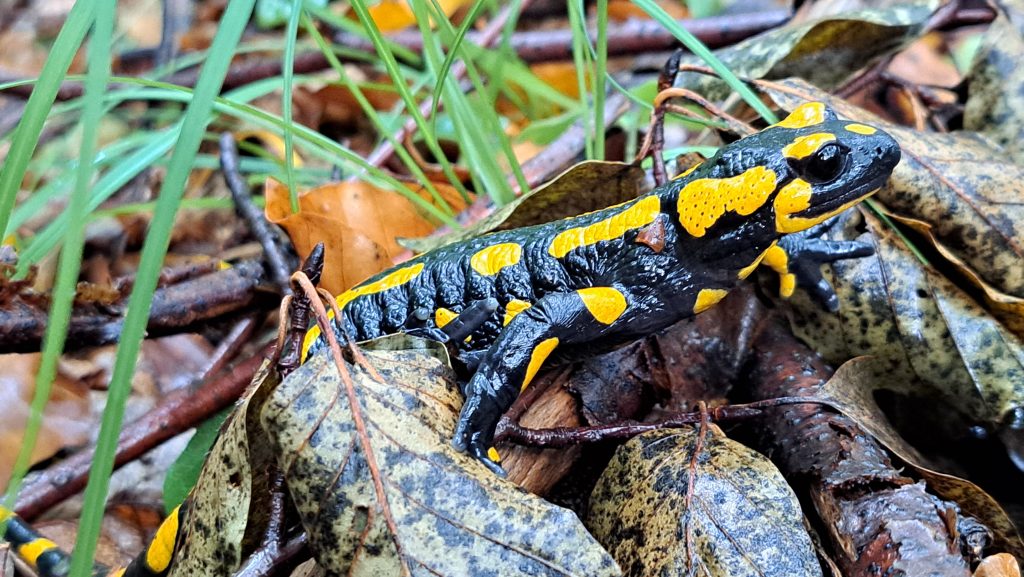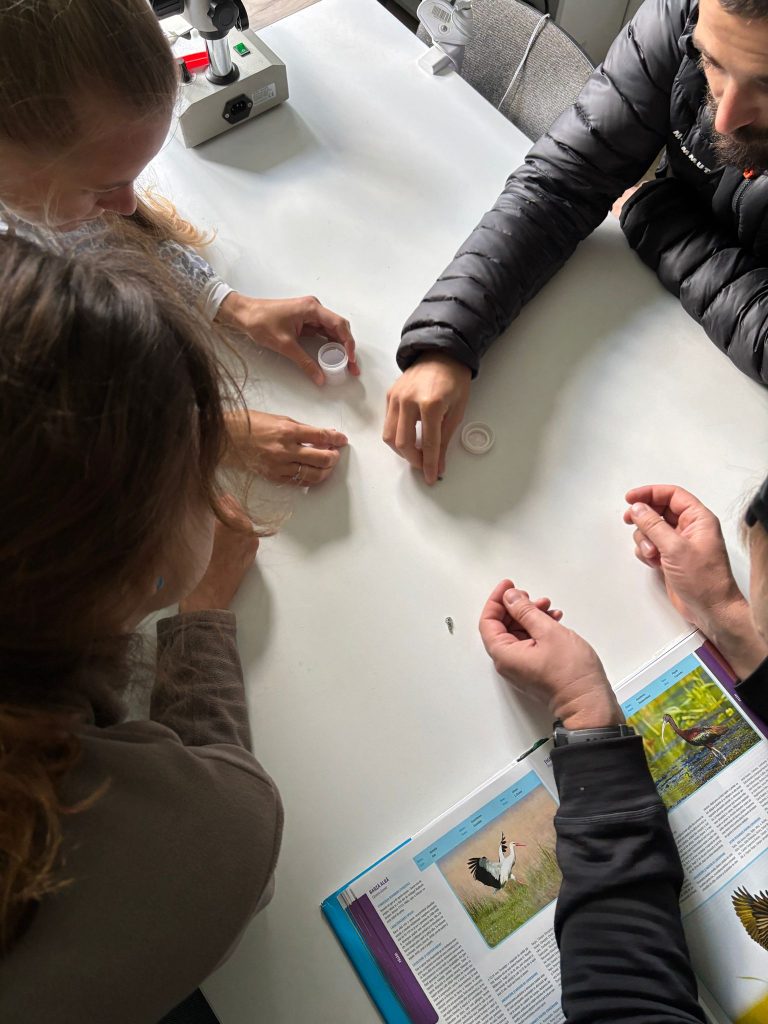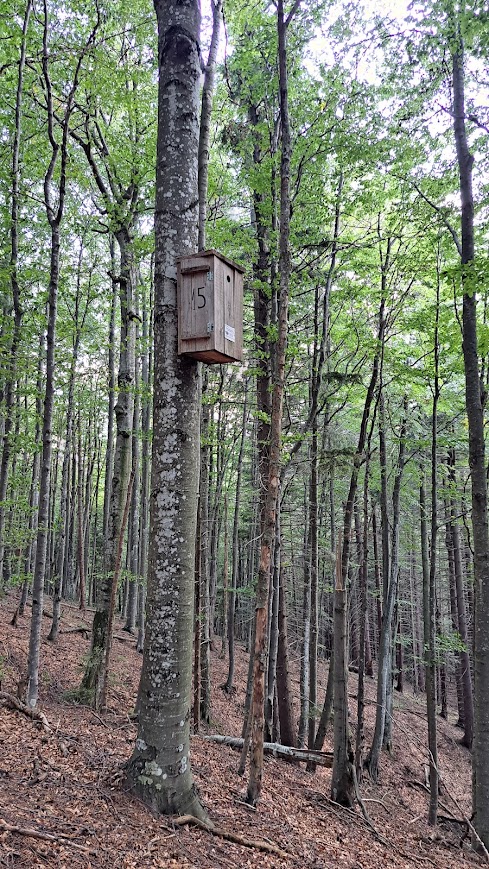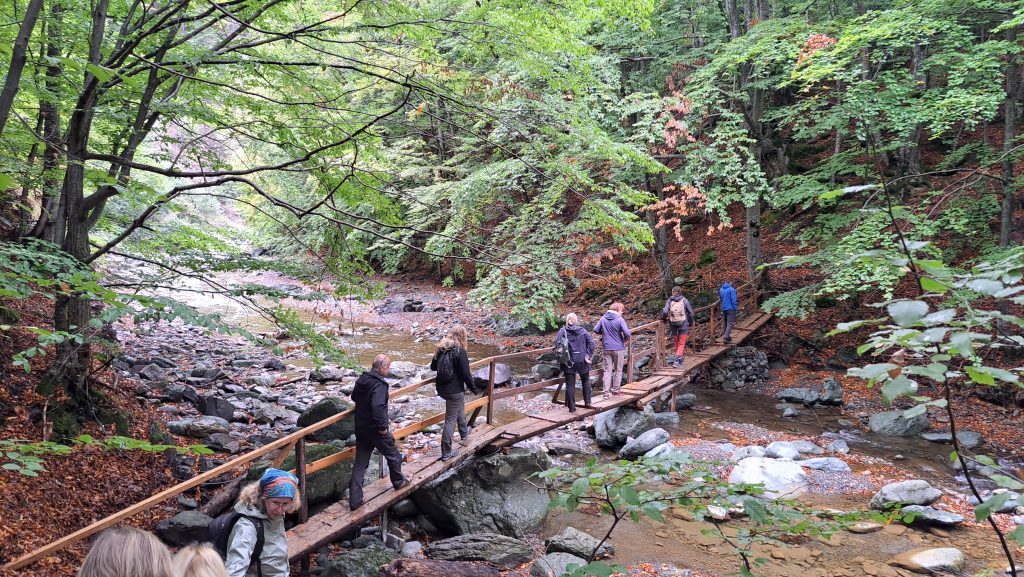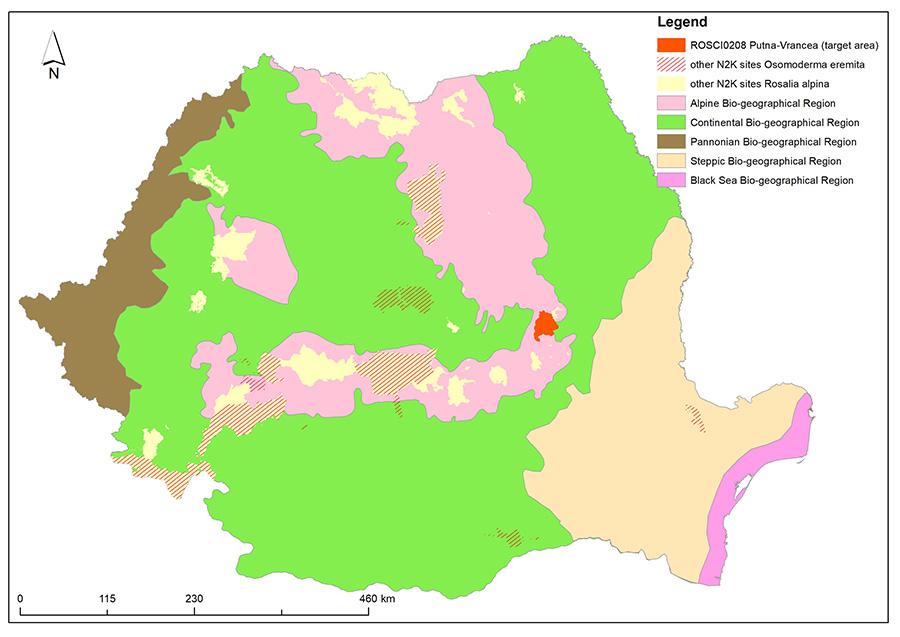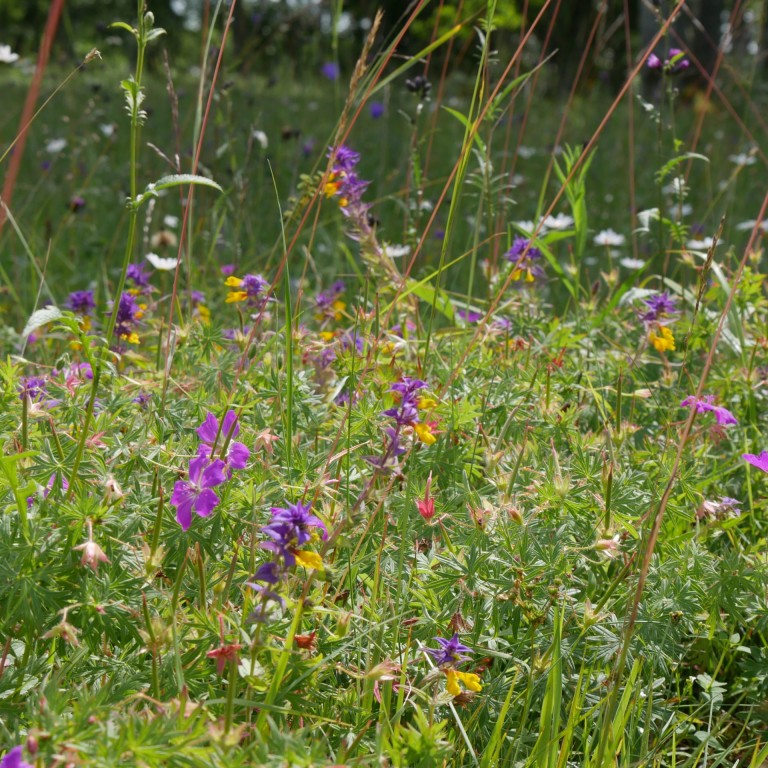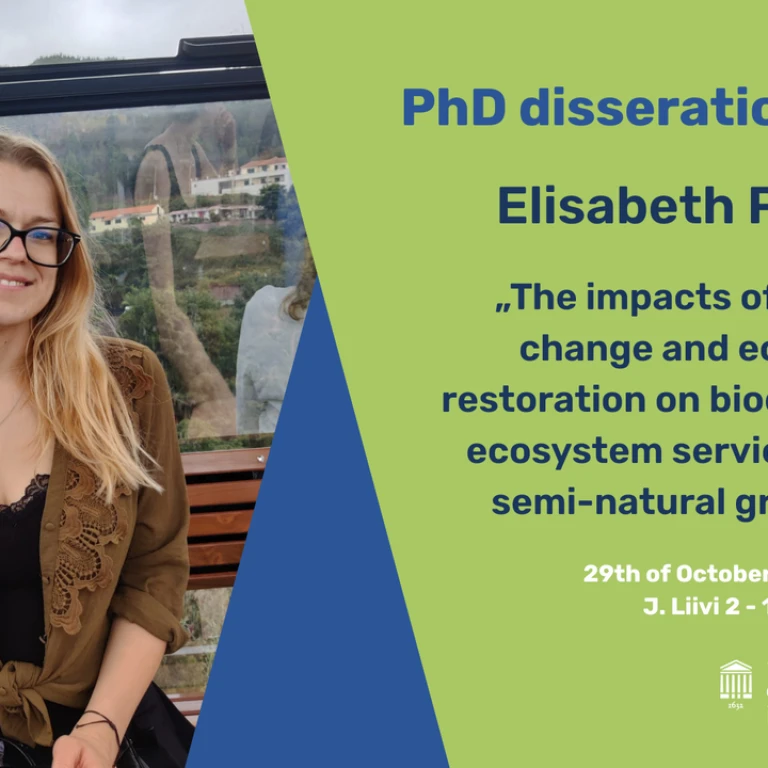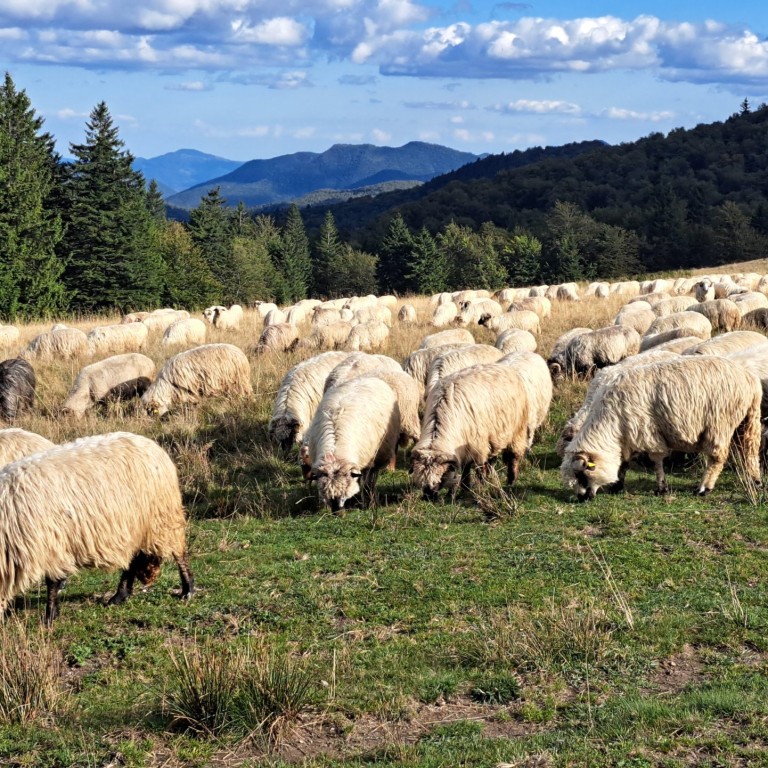In September, the Landscape Biodiversity Workgroup visited Putna-Vrancea National Park in Romania. The protected area covers more than 26,000 km² and is the country’s main region for restoring habitats of threatened beetle species.
Together with colleagues from the Latvian Fund for Nature, the Environmental Board of Estonia, the Estonian Semi-Natural Community Conservation Association, and the Estonian Fund for Nature, Aveliina Helm, Triin Reitalu, and Sigrid Ots visited the LIFE ROsalia project sites in the Eastern Carpathians. The aim of LIFE ROsalia is to halt and reverse the loss of habitats for threatened saproxylic beetle species in the Carpathians by implementing various conservation activities to increase population connectivity. Successful activities are also being carried out in other Romanian Natura 2000 sites.
The project’s target species are five saproxylic beetles: Rosalia alpina, Osmoderma eremita, Morimus funereus, Lucanus cervus, and Cerambyx cerdo. To improve their habitat conditions, efforts are made to accelerate wood decomposition processes, increase the amount of deadwood and tree cavities, and improve light conditions. Species-specific pheromones are used for beetle monitoring.
A film compiled by the LIFE ROsalia team offers an excellent insight into Romania’s beetle world.
Within the LIFE-funded project WoodmeadowLIFE, valuable wooded meadows in Estonia and Latvia are being restored, thereby improving their conservation status.
More information:
Aveliina Helm
